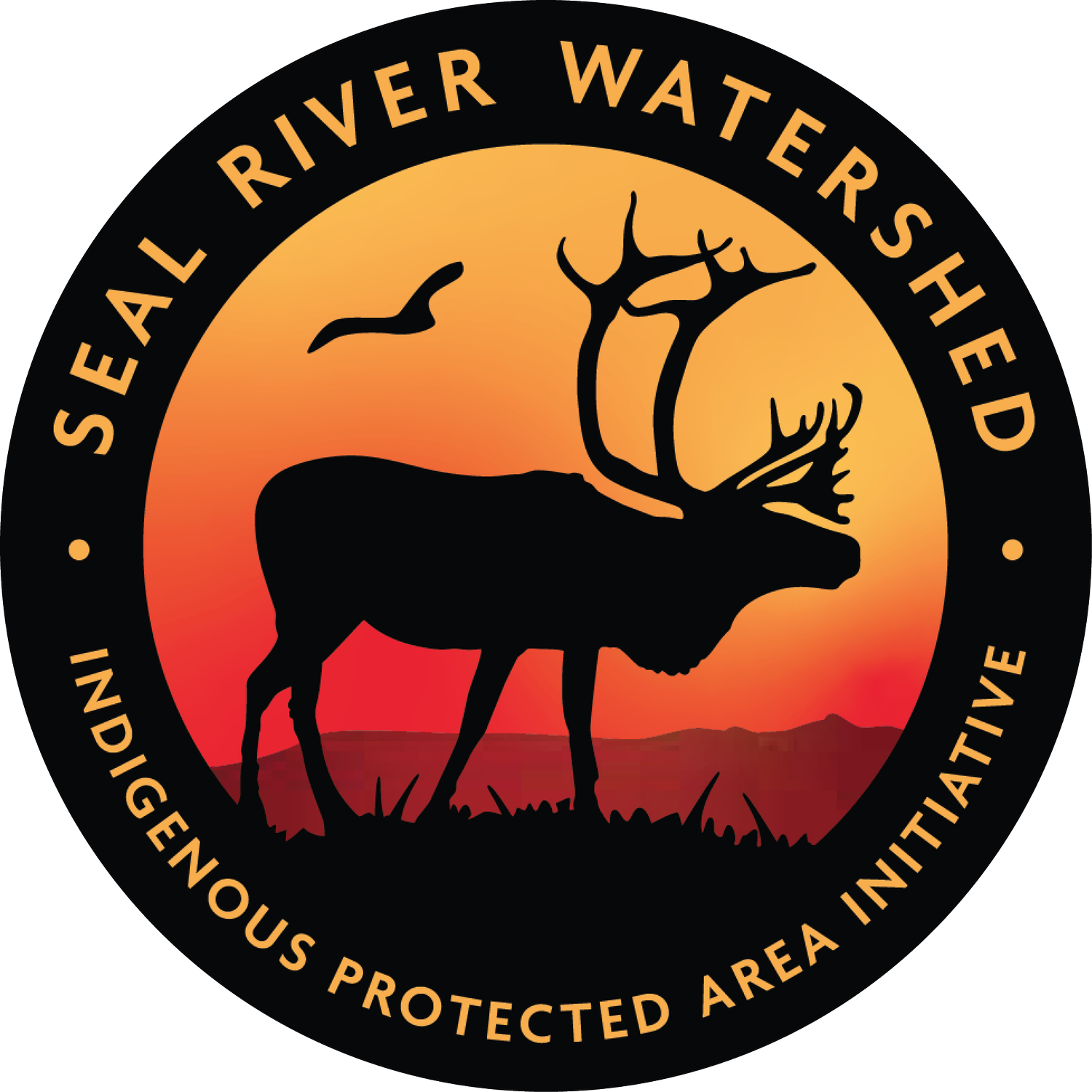Luke Suluk: Kivalliq Community Representative, Seal River Watershed Initiative
Luke Suluk is a Cultural Advisor who grew up in Arviat, Nunavut knowing that “land and water mean life to people, wildlife and fish.” Today, he is committed to conserving the Seal River Watershed in cooperation with his Cree and Dene neighbours.
The Seal River Watershed Initiative comprises five Indigenous communities with three distinct cultures that are working together to designate the watershed as an Indigenous Protected Area.
“The Initiative was created to protect the land and water from any development that can affect the environment, so that future generations will use and enjoy the land unaffected,” said Luke, who serves as the Initiative’s community representative in the Kivalliq region.
Keeping the watershed free from industrial development will benefit the Inuit community as well as the surrounding areas, Luke said. Each partner in the Alliance travels to or lives within the watershed, and relies on it to sustain their way of life.
“Inuit have traditionally used the area for time immemorial,” Luke explained.
The 50,000 square kilometre watershed is home to an abundance of wildlife, including 400,000 caribou, which travel south from Nunavut to winter along the Seal River, and are traditionally hunted by Inuit and Dene communities.
“I am happy that Inuit and Dene are making a way to work together and live in harmony to be stewards of the land that our Creator gave us to use and share,” Luke said.
As the voice for his community, Luke has been reaching out to community members to explain the Initiative and ensure that their needs and values are reflected in the Indigenous Protected Area. The Initiative has strong community support, including the Arviat Hunters and Trappers Organization and local fishers, hunters and trappers who use the Seal River, he said.
“Inuit of Arviat are concerned about any development that would harm the environment and habitats of wildlife, fish and birds,” he explained in a telephone interview. In an Indigenous Protected Area, the community plays a leading role in managing the watershed in ways that maintain their relationship with the land.
Small sustainable developments such as those related to eco and cultural tourism are permissible with proper consultation, Luke said. He encourages community members to become involved in the planning of programs or developments that will benefit the community as well as youth. That includes plans of fibre optics and the hydro line.
In addition to protecting the watershed and building local economies, the Initiative works to pass on traditional knowledge to youth through workshops and summits focused on stewardship skills and traditional practices.
Keeping tradition alive is important to Luke.
“It is good that the Seal River Watershed Initiative involves youth and that traditional users are sharing their knowledge so that youth can learn the survival skills necessary for living in a harsh climate,” he said. “Involving youth out on the land is the best way for them to appreciate nature and learn traditional ways of harvesting and conservation.”
Inuit culture is rooted in the land, sustained by a healthy watershed, Luke said. He hopes that by connecting to the land, youth will see how important the watershed is, and will understand why he and others in his community are working to protect it.
“We want to leave with them a certainty for their future.”

